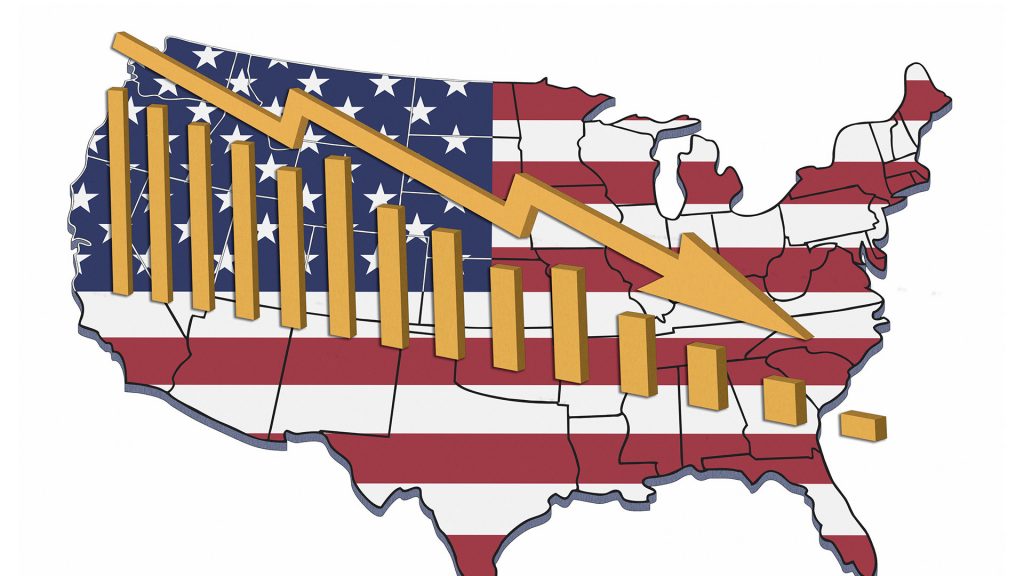Written by Tod Snodgrass | May 27, 2022
70% of all U.S. adults are living paycheck to paycheck during these inflationary times
The pandemic-related housing boom—which has seen home prices in the US soar almost 20% over the past year—apparently is finally losing some of its steam. Rising average mortgage rates, which have climbed from 3.11% to almost 5.5% since the beginning of 2022, are leading to what some economists label “demand destruction.” However, and unfortunately, for those who possess lower FICO scores, their rates are even higher than 5.5%
It is easy to see why some would-be homebuyers are backing off for now. If a new homeowner borrowed say $500,000 mortgage at 3.0% vs 5.5%, they would conceivably owe almost $250,000 or so more over the course of a 30-year loan. Fortune Magazine recently predicted U.S. home prices to be flat over the coming year (into 2023), and could even fall 5% to 10% in America’s most “overvalued” housing markets.
Another reason to be skeptical of the real estate market right now is affordability. Over the past two years or so, U.S. home prices have soared a staggering 35% That far outpaces U.S. income growth during the same two-year period. As a result, it was recently reported that 96% of regional housing markets are now “overvalued” relative to local incomes. All the above partially explains why foreclosure rates are up 181% from a year ago. The result is that real estate investors (REIers) are starting to see more and more For Sale signs go up on the lawns of distressed property owners since 70% of all US adults are living paycheck to paycheck during these inflationary times.
Then there is this recent headline;
U.S. Economy Shrank 1.5% First Quarter/2022 In Worst Showing Since Covid Recession, New GDP Estimate Shows
This and several other pieces of recent negative economic news are all clues that we have probably already entered a recession, though most of the MSM (Mainstream Media) are still in denial, mainly for political reasons.
The reason this big drop in GDP is so important at this juncture is because the real estate market (read: for investors) usually closely follows the national economy. Ergo: we can expect the housing market to start to experience declines in equity values. This will cause a certain percentage of property owners to hit the panic button, i.e. rush to try to sell their property before any more drops can occur. This is usually the beginning of what is often referred to as a property value downward spiral.
Pure real estate optimists often have short memories. The truth is that we have had about nine major turn downs in the real estate market since the second world war. They come with a high degree of predictability. For example, from 2008-2012 (from peak to trough) real estate prices took a 39% drop, on average across much of the country. Some areas were better off, some worse, but it was bad just everywhere you looked.
Another thing to keep in mind is that when the Depression hit (in 1929), values dropped about 70% or so over the next few years, and prices did not fully recover (including normal inflation factors) until as late as 1959 in many areas of the country–THREE DECADES LATER.
Smart real estate investors, i.e. wholesalers, are aware that a potential business bonanza is brewing across the fruited plain and they are gathering together resources now (cash reserves for example), in anticipation for what appears to be coming next: a major correction in the real estate market. When? Who knows? But change IS coming.
Praemonitus praemunitus–Latin proverb (English translation: forewarned is forearmed).
References: National Association of Realtors, Zillow, Corelogic, Fortune Magazine, Moody’s Analytics, RealtyTrac, Forbes, Inc.
What We Do: Provide 100% Joint Venture Funding, nationwide, to real estate investors
Contact info: Tod Snodgrass | emdfunding1@gmail.com | (310) 408-7015


